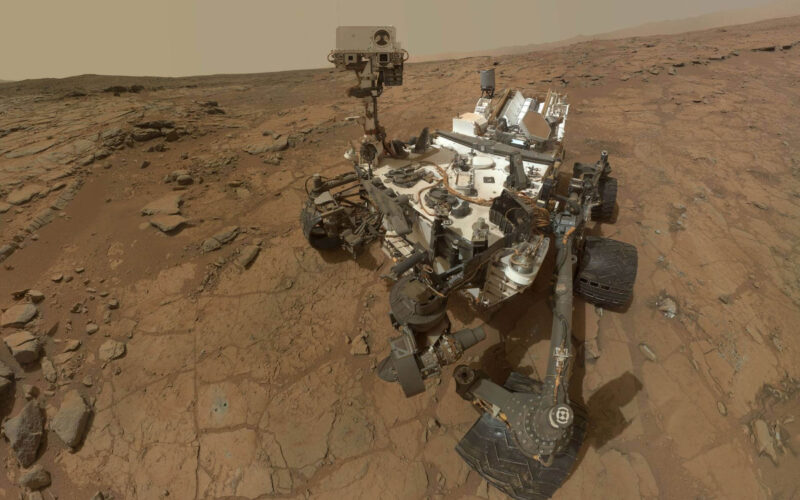August 6, 2022 marks ten years since NASA’s Curiosity rover landed on Mars. AeroTime takes a look at the vehicle’s achievements.
The rover was launched in November 2011 and landed in Gale Crater, an ancient Martian dried lake, on August 6, 2012, after completing a 560 million kilometer (350 million miles) journey.
It was NASA’s fourth rover to successfully land on the Red Planet, and the first nuclear-powered one.
Initial plans saw Curiosity operating just for two years. However, in December 2012 its mission was extended indefinitely.
The rover is equipped with an array of scientific instruments, including various cameras, spectrometers and other sensors. Since landing, it has been collecting and analyzing samples of Martian surface, providing information to researchers back on Earth.
According to NASA, the rover found irrefutable proof that billions of years ago Mars was capable of sustaining life. These findings paved the way for further exploration of the planet, shaping the outlook of subsequent missions to the planet.
Curiosity’s radioisotope thermoelectric generator allows it to operate independently of Martian weather and seasons, removing the factors that greatly limited NASA’s previous solar-powered rovers – Sojourner, Spirit and Opportunity.
Despite its successor – the Perseverance rover – starting operations in 2021, Curiosity remains active. As of August 6, 2022, it has been operational for over 3,550 Martian days and has driven a distance of 28.42 kilometers (17.66 miles), NASA’s interactive map shows.
Curiosity also served as a basis for the Perseverance, which landed on Mars in 2021, carrying an expanded suite of sensors and the Ingenuity helicopter.
Happy “landiversery” @MarsCuriosity! For 10 years, Curiosity has worked to reveal the potentially habitable climate of ancient Mars.
— NASA Astrobiology: Exploring Life in the Universe (@NASAAstrobio) August 5, 2022
To celebrate, we’re breaking down 5 of the most significant discoveries made using the rover’s suite of #astrobiology instruments. A thread : pic.twitter.com/nb5nVb37iL

